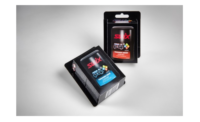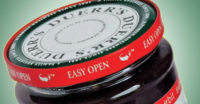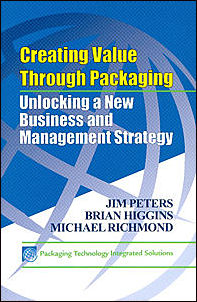Easy-Open Solution For Today's Blister Packs
Easy-Open Solution For Today’s Blister Packs
By Rob Croft
Blister packs are enjoying a significant rebirth as the package of choice in many categories, including candy, gum and snacks. And for good reason. They provide a clean and simple means to individually package small particles with relatively low material costs and a high level of protection. While the filling machinery may be a significant initial expense, the return on such an efficient system is obvious.
However, when blister packaging is used for pharmaceuticals and child resistance is required, a number of issues surface. Consumers often find it difficult to figure out where to bend, peel and tear the package—even more so because the package requires the use of tough materials to achieve the necessary barrier properties.
Because of the lengthy testing process required for new materials and the significant cost of high-speed filling machinery for this form of packaging, brand managers are often left with few options to improve product presentation and provide a better opening experience.
The concept we developed this month tackles this problem by sidestepping some of these issues. The three renderings (above) depict the opening sequence of a novel take on the blister package. By including a branded opener with a hidden plastic cutting edge, marketers can offer an easy-open fully protective blister pack without having to completely rebuild their production lines.
A pair of grooves along the edge of the blister acts as a rail for the cutter to run along, with a motion similar to that of a plastic wrap cutter or CD opener. As the cutter slices the film, the edge folds upwards so that it can peel back easily to reveal the package’s contents. Blisters can be opened individually or as a strip, and an additional level of child-resistance can be achieved by notching the edge of the blister and adding a pushbutton to the cutter.
Addressing consumer issues with packaging is never an easy process. However, solutions can often be found by seeking ways to adapt existing production methods that not only provide a better consumer experience but also allow brands to build on the loyalty that often ensues. BP
The author, Robert Croft, is Managing Partner of Swerve Inc., specialists in 3-D brand design. Contact him at 212.742.9560 or rob@swerveinc.com.
Looking for a reprint of this article?
From high-res PDFs to custom plaques, order your copy today!








